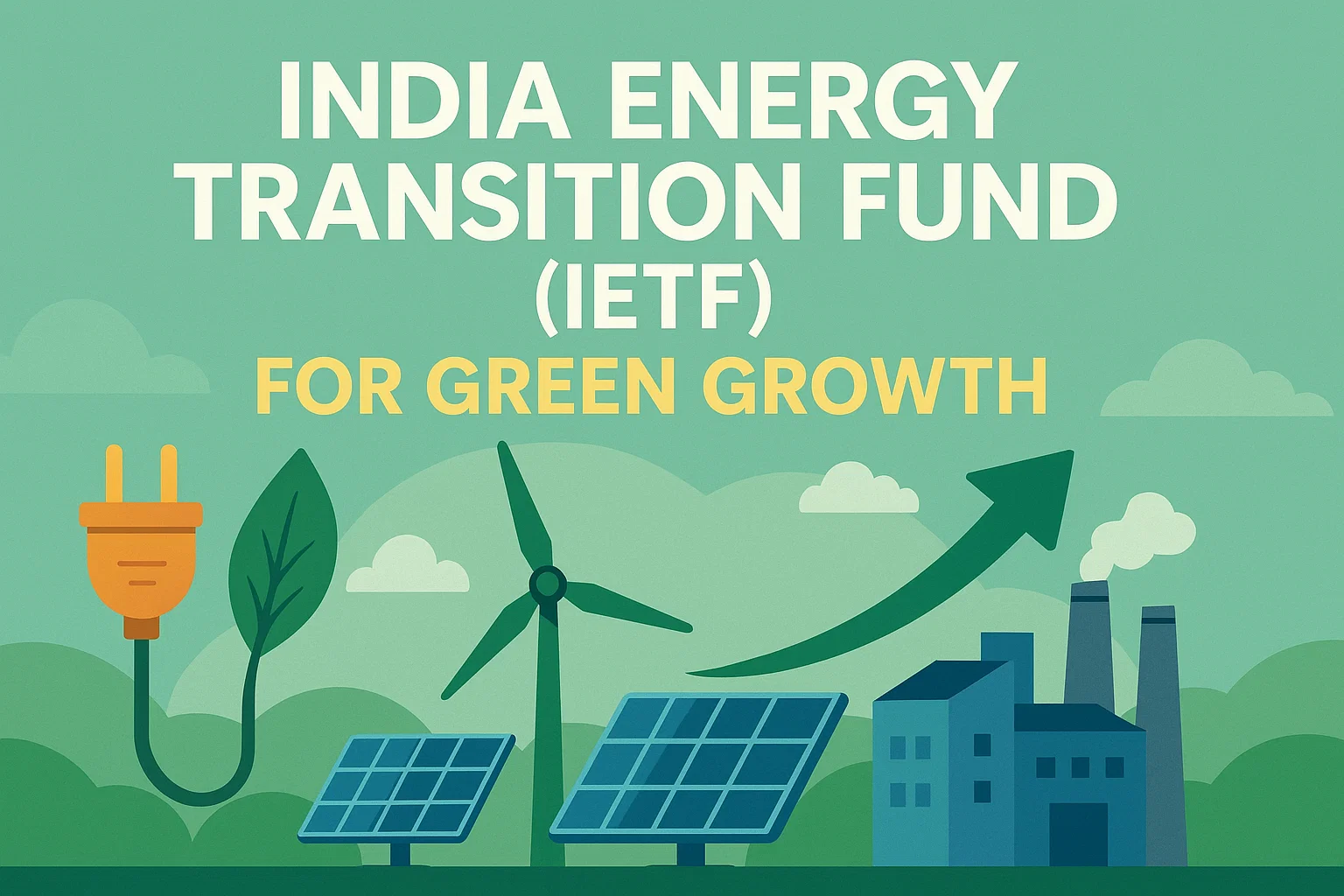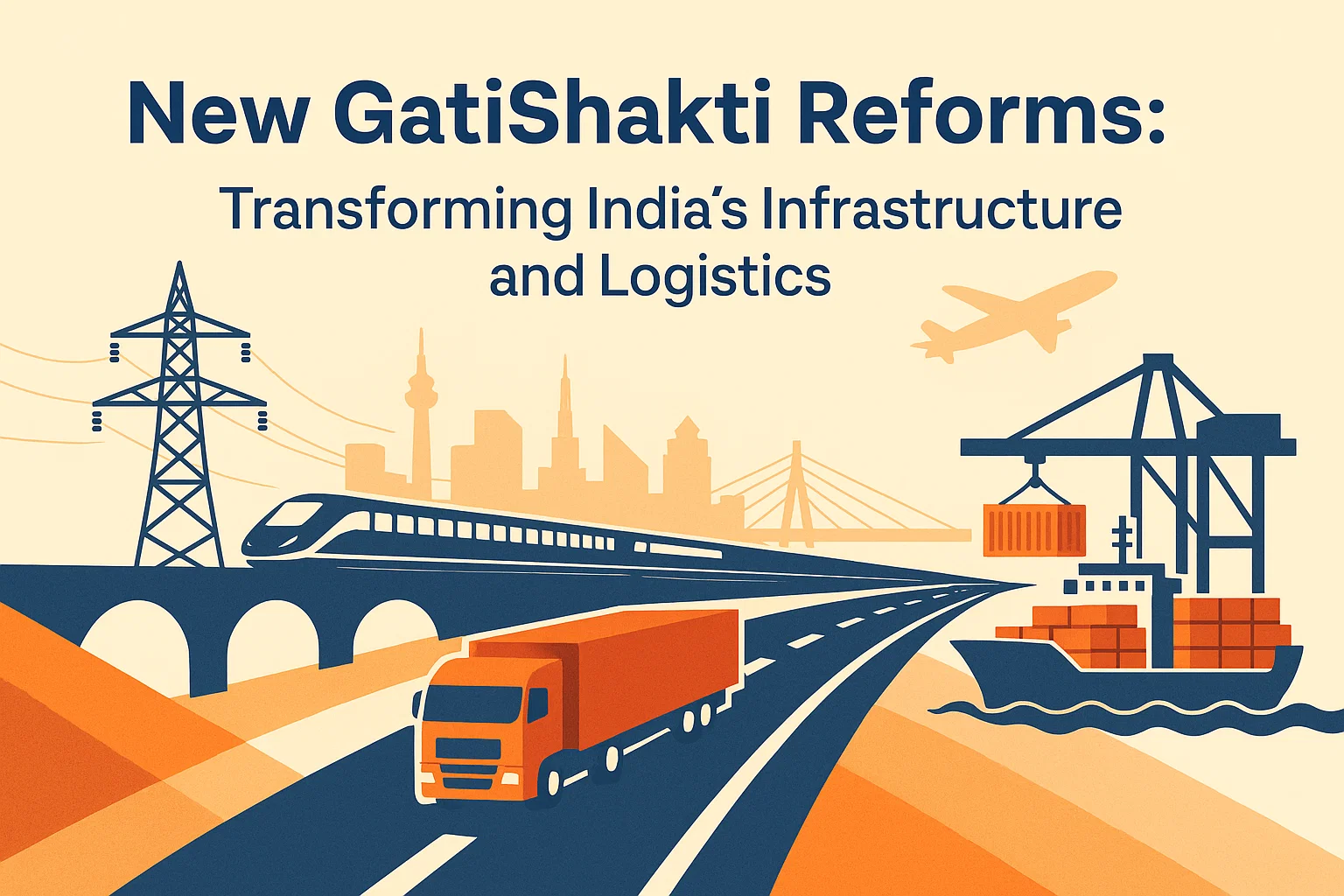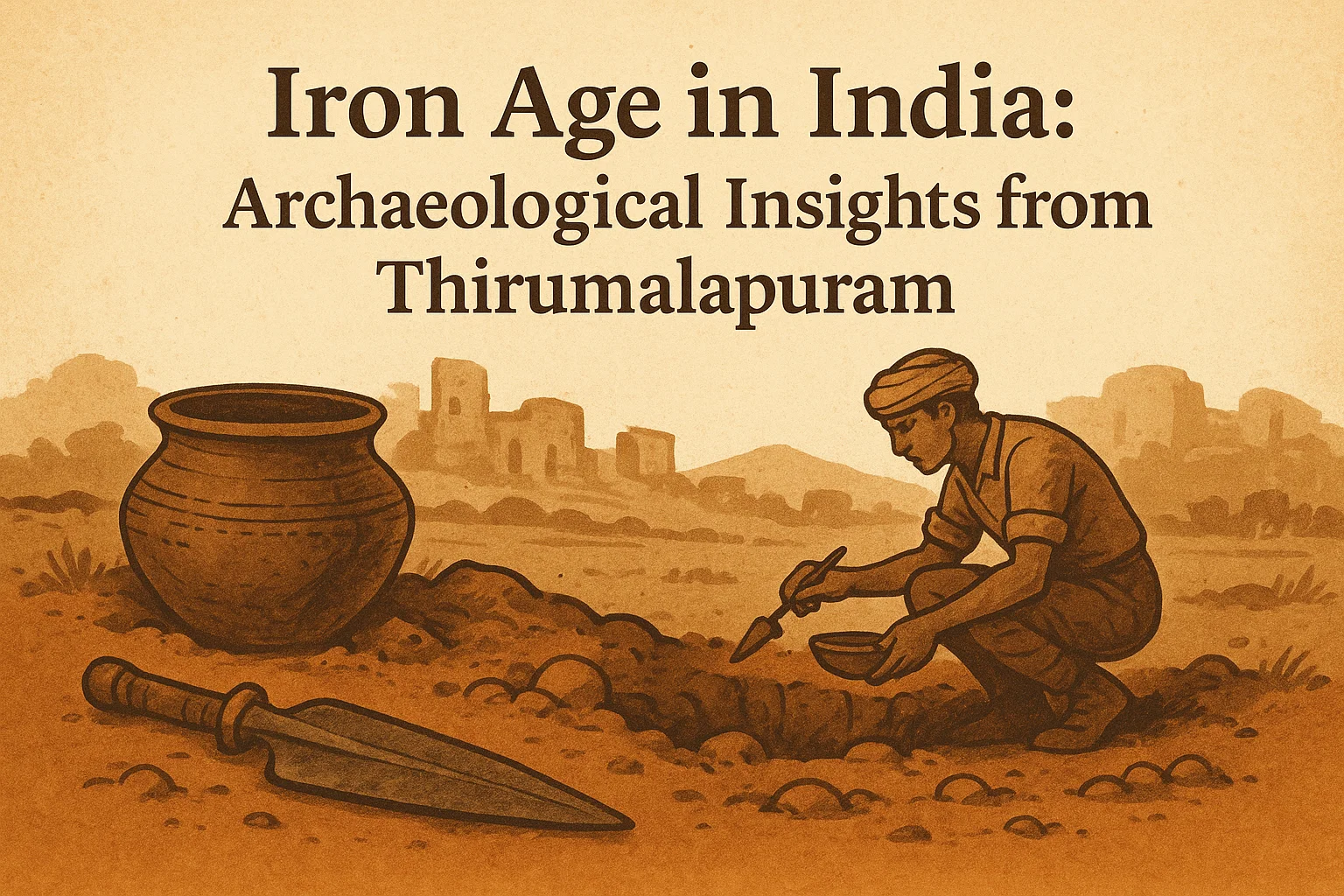Font size:
Print
India, Africa and AfCFTA
Context:
As 2025 begins, it is an opportune time to reflect on India’s African policies and identify avenues for strengthening ties based on past experiences.
More on News
- The previous year proved pivotal, with Prime Minister Narendra Modi’s visit to Nigeria, the inauguration of a naval base in Mauritius, and the deployment of defence attachés across key African nations, underscoring India’s commitment to the continent.
- Among the many areas ripe for collaboration, one often-overlooked domain stands out: India’s potential role in supporting Africa’s implementation of the African Continental Free Trade Area (AfCFTA).
Africa’s AfCFTA Journey
- Largest Free Trade Area: Since its launch in January 2021, the AfCFTA has become the largest free trade area globally, encompassing 54 of 55 African nations and uniting 1.2 billion people under a combined GDP of $3.4 trillion.
- Aim: By eliminating trade barriers and enabling the free flow of goods among member states, AfCFTA aims to significantly boost intra-African trade, which stood at just 13.2 percent in 2022.
- Projections suggest this could rise to 52.3 percent by 2050, potentially adding $29 trillion to Africa’s economy and achieving consistent 7 percent annual GDP growth.
- Poverty Reduction: This economic transformation is expected to lift 30 million Africans out of extreme poverty and increase incomes for an additional 68 million people living on less than $5.50 per day.
- Rule of Origin: Key to this progress is the agreement’s Rule of Origin (RoO), which provides preferential market access to member states, encouraging agricultural and industrial growth.
- Economic Diversification: Given that Africa contributes only 1.9 percent to global manufacturing, AfCFTA offers a transformative opportunity for economic diversification.
India’s Role in Africa’s Economic Growth
- Bedrock: Trade has long been the bedrock of India-Africa relations, with bilateral exchanges totalling $103 billion over the past decade.
- India ranks as Africa’s third-largest trading partner, trailing only the European Union and China.
- Exports and Imports: India exports machinery, pharmaceuticals, textiles, and mineral fuels to Africa while importing raw materials such as crude oil, precious stones, and ferroalloys.
- Challenges: Despite these robust trade ties, challenges such as inadequate transport infrastructure, rooted in colonial-era networks, hinder the seamless integration of African markets.
- Ideal Partner: India’s expertise in infrastructure development positions it as an ideal partner to address these gaps.
- Collaborative efforts to enhance transport networks could be instrumental in realising AfCFTA’s vision of a unified continental market.
Key Areas for Collaboration
- Agriculture: Agriculture remains central to Africa’s economy, contributing 35 percent of GDP and employing nearly half the population.
- Yet, food security challenges persist, with 80 percent of Africa’s food produced by smallholder farmers.
- Estimates suggest that eliminating import tariffs could increase intra-African agricultural trade by 574 percent by 2030.
- However, the continent currently spends $75 billion annually on cereal imports—funds that could be redirected toward development.
- Technology: India, with its extensive agro-technological expertise, is well-positioned to assist Africa in modernising its agricultural sector.
- By introducing advanced technologies such as drones and artificial intelligence, India could help African farmers optimise production, predict yields, and monitor soil and crop health.
- Digital Public Infrastructure: Moreover, India’s experience in digital public infrastructure offers valuable lessons.
- Services like DigiLocker could enable African nations to store essential trade documents on unified platforms, streamlining processes and reducing bureaucratic hurdles.
- Initiatives like India’s National Agriculture Market Scheme (e-NAM) could serve as a blueprint for creating a continent-wide agricultural market in Africa.
Way Ahead
- India’s External Affairs Minister, Dr. S. Jaishankar, envisions a foreign policy that is “big, long, and smart,” with deeper global engagement as a core tenet.
- Nowhere is this vision more relevant than in Africa, a region that offers immense potential for mutual growth and cooperation.


